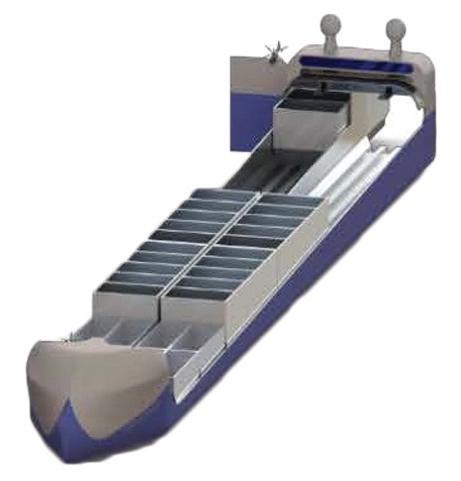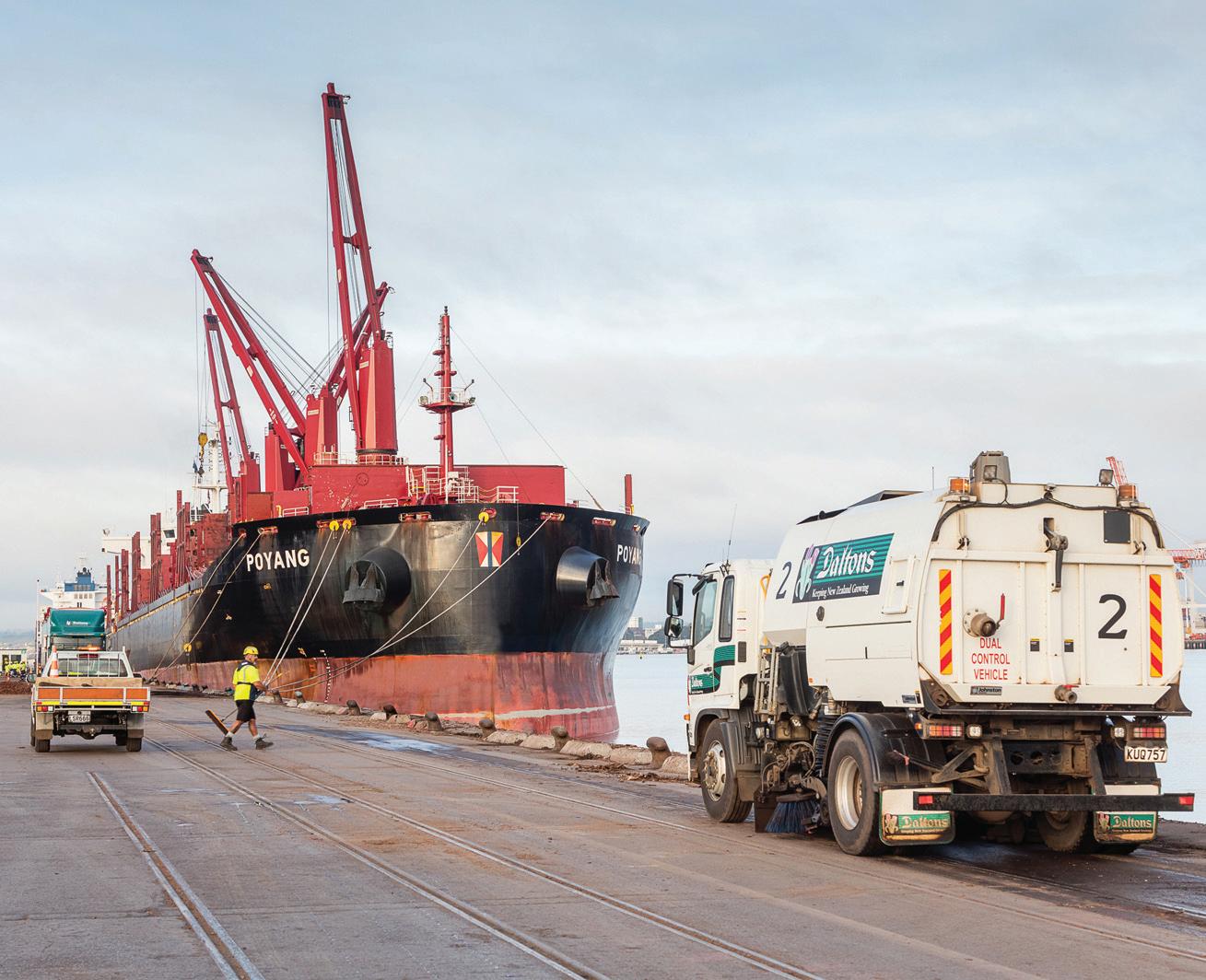LPG
LOOKING AT THE BUSINESS CASE FOR LPG Uptake of LPG is increasing because of its greener credentials and simplicity of storage, writes Andrew Stafford, technical director at Trelleborg’s marine and infrastructure operation Carriage of liquified petroleum gas (LPG) dates back to 1931, when the world’s first custom built gas carrier, the ‘LPG Agnita’, traded parcels of LPG in pressurised tanks. Typically, a by-product of more sought-after products in the oil and gas industry, being able to utilise this asset instead of simply flaring it off, is a benefit not only to the producer but to numerous allied industries, including petro-chem, which use LPGs as part of their dedicated processes. The composition of the various LPG grades, primarily Butane and Propane, allow not only for simple storage but for efficient transportation and a higher efficiency, cleanerburning hydrocarbon, when compared to coal, wood or oil burning alternatives . As most LPGs are not identified as greenhouse gasses (GHG), they can be used as propellants and refrigerants, replacing the previous generation of GHG based solutions which are no longer permitted under international law. A caveat to this is the fact that LPG is still a hydrocarbon and once broken down in the atmosphere, will release a CO2 component.
It is vital that as an industry, we take steps to become more conscious and sustainable in our decision making
Photo: Trelleborg
This is typically 250:1 reduction in volume between gas and liquid states. The simple tanks required to carry LPG makes them suitable to be stored in bulk at ports, carried in large ocean-going quantities, distributed by road tankers and used by consumers in manageable amounts. Storing LPG on land side has a number of options. Similar to other process chemicals, custom containment tanks can be built to the LPG. Depending on the volumes that are required to be stored, local tank farms may be used also. Subterranean caverns
8 Sustainability efforts can be further enhanced by incorporating Ship Performance Monitoring Systems (SPM)
Photo: Trelleborg
EASY STORAGE Unlike methane, which requires high pressures to be liquefied and needs to be cooled to be carried, insulated at atmospheric pressure, LPGs become liquid at ambient temperatures and at much lower pressures. This allows them to be stored in either simple pressure vessels or refrigerated containment, making the most of the volume reduction offered in the liquefied state.
8 Carriage of liquified petroleum gas (LPG) dates back to 1931
are also an option as these allow for vast quantities of gas to be stored within old salt or chalk mines. As the pressure of the stored gas is less than the water table pressure above it, it cannot escape. In some export facilities and due to the simplicity of the liquefaction process, the gas can be liquefied as part of the vessel loading process so no land storage of LPG is required, making this a single process from feed gas, to liquid product and finally vessel loading. SAFETY When liquefied, LPG is at or below zero degrees Celsius, it does not require the cryogenic temperature handling of LNG and so the potential of ‘cold-cracking’ a ship deck during a spillage, is removed. However, it remains a flammable substance and as such needs correct handling procedures. An LNG spill will naturally disperse due to methane being lighter than air, however, LPG compounds are typically denser than air and can pool in low level catch points if spilled, requiring active gas dispersion to remove them from an atmosphere. Under the International Code of the Construction and Equipment of Ships Carrying Liquefied Gases in Bulk (IGC) code, specifically written for the safe transportation of liquefied gasses, all gas-carrying ships should be equipped with an emergency shutdown link enabling a vessel to connect its own safety shutdown equipment to the terminal with which it is trading.
For the latest news and analysis go to www.greenport.com/news101
WINTER 2020/21 | 19












